Martin - Easy Japanese : a Direct Learning Approach for Immediate Communication (Japanese Phrasebook)
Here you can read online Martin - Easy Japanese : a Direct Learning Approach for Immediate Communication (Japanese Phrasebook) full text of the book (entire story) in english for free. Download pdf and epub, get meaning, cover and reviews about this ebook. year: 2013, publisher: Tuttle Publishing, genre: Detective and thriller. Description of the work, (preface) as well as reviews are available. Best literature library LitArk.com created for fans of good reading and offers a wide selection of genres:
Romance novel
Science fiction
Adventure
Detective
Science
History
Home and family
Prose
Art
Politics
Computer
Non-fiction
Religion
Business
Children
Humor
Choose a favorite category and find really read worthwhile books. Enjoy immersion in the world of imagination, feel the emotions of the characters or learn something new for yourself, make an fascinating discovery.
- Book:Easy Japanese : a Direct Learning Approach for Immediate Communication (Japanese Phrasebook)
- Author:
- Publisher:Tuttle Publishing
- Genre:
- Year:2013
- Rating:3 / 5
- Favourites:Add to favourites
- Your mark:
Easy Japanese : a Direct Learning Approach for Immediate Communication (Japanese Phrasebook): summary, description and annotation
We offer to read an annotation, description, summary or preface (depends on what the author of the book "Easy Japanese : a Direct Learning Approach for Immediate Communication (Japanese Phrasebook)" wrote himself). If you haven't found the necessary information about the book — write in the comments, we will try to find it.
Abstract: This is a carefully structured, practical book for learning colloquial spoken Japanese. Each lesson presents a few of the most common features of the language in sentences which are short, easy, and immediately useful. The first thirteen lessons show you there is a lot that can be said with just a word or two. The later lessons introduce more variety and explain a few of the fine points. The sentences reflect how the Japanese language is really spoken. They are short but colloquial, abrupt but not rude. Each lesson contains first a number a number of Japanese phrases followed by material f
Martin: author's other books
Who wrote Easy Japanese : a Direct Learning Approach for Immediate Communication (Japanese Phrasebook)? Find out the surname, the name of the author of the book and a list of all author's works by series.

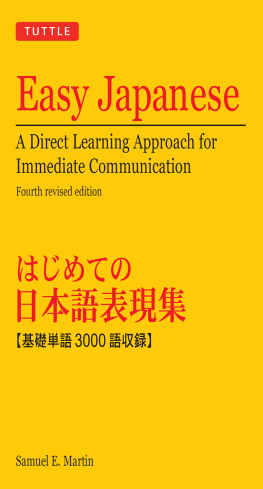


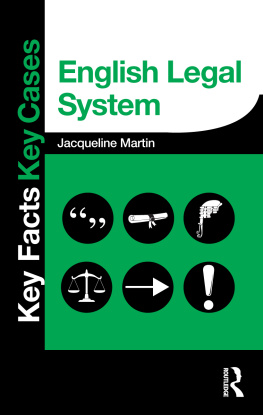



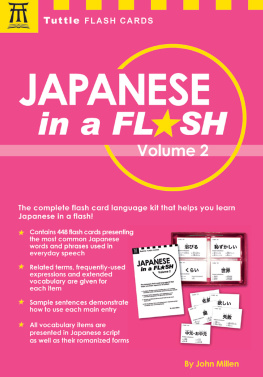


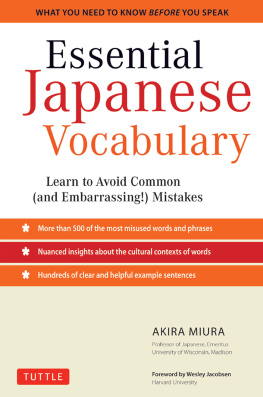
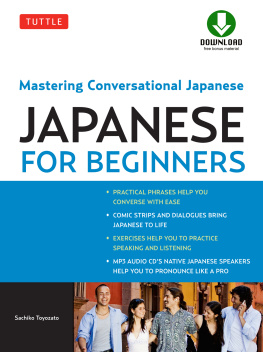
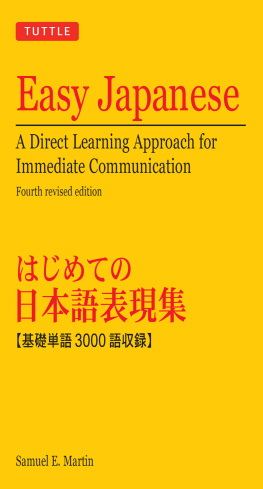
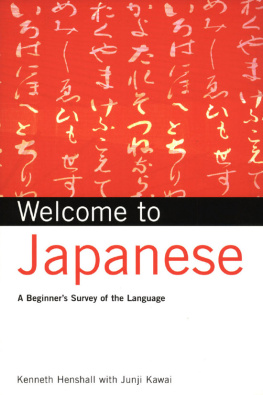

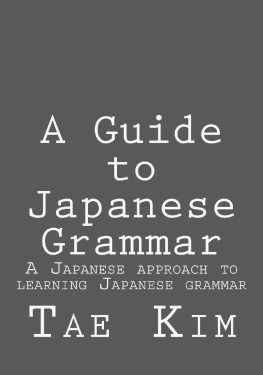
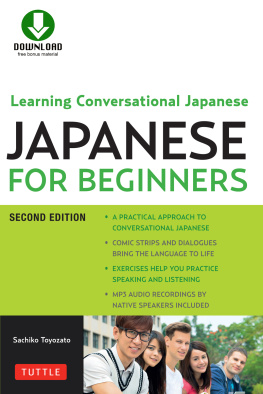


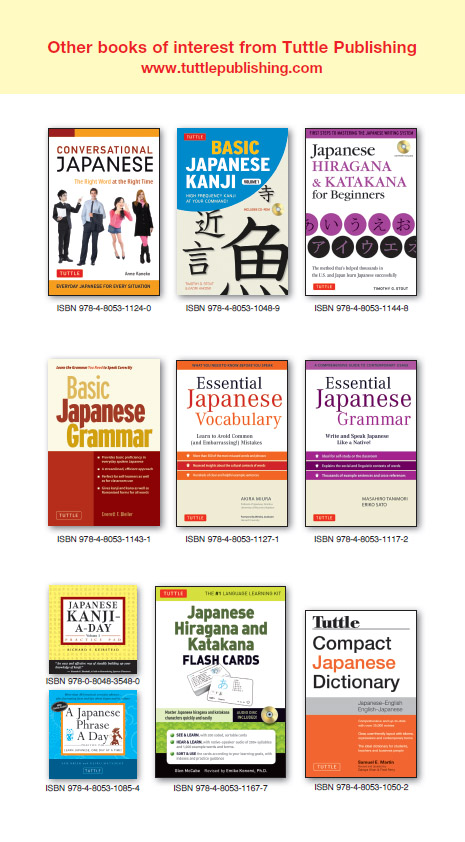


 Most people are surprised to learn that the worlds largest publisher of books on Asia had its beginnings in the tiny American state of Vermont. The companys founder, Charles E. Tuttle, belonged to a New England family steeped in publishing. And his first love was naturally books especially old and rare editions. Immediately after WW II, serving in Tokyo under General Douglas MacArthur, Tuttle was tasked with reviving the Japanese publishing industry, and founded the Charles E.
Most people are surprised to learn that the worlds largest publisher of books on Asia had its beginnings in the tiny American state of Vermont. The companys founder, Charles E. Tuttle, belonged to a New England family steeped in publishing. And his first love was naturally books especially old and rare editions. Immediately after WW II, serving in Tokyo under General Douglas MacArthur, Tuttle was tasked with reviving the Japanese publishing industry, and founded the Charles E.  Though a westerner, Charles was hugely instrumental in bringing knowledge of Japan and Asia to a world hungry for information about the East.
Though a westerner, Charles was hugely instrumental in bringing knowledge of Japan and Asia to a world hungry for information about the East. 